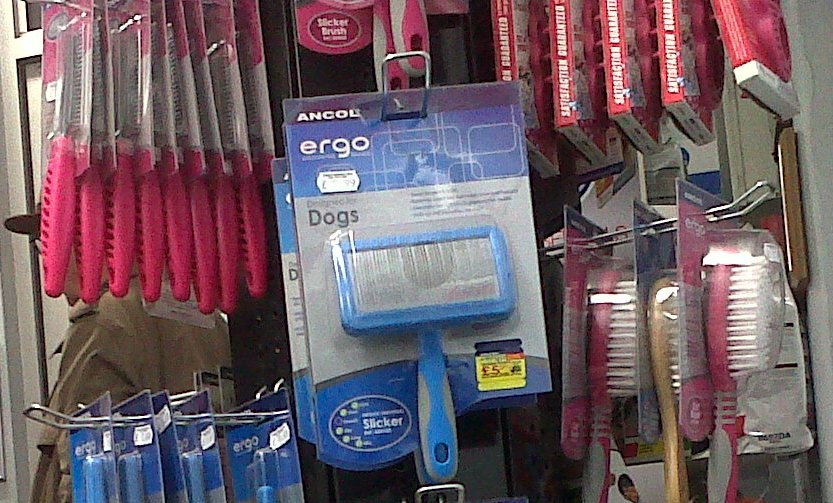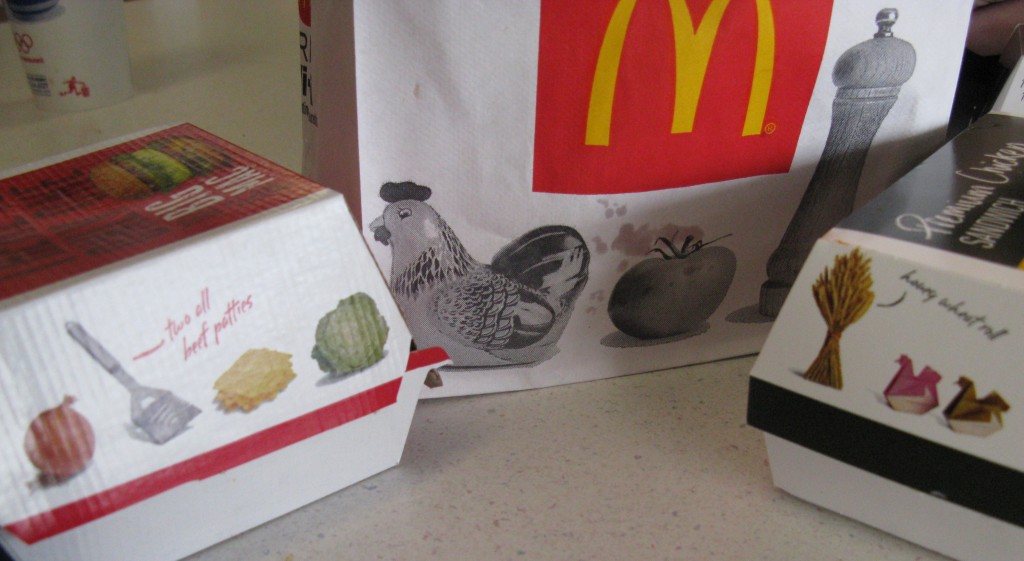Meems, who blogs at The Inbetweenie, recently received an email from Barnes & Noble with suggested books for Mother’s Day gifts. She was distressed to notice that the most prominently-placed book, listed under the “top reads for every mom” category, was a diet book:
Yes, a diet book is an appropriate gift for every mother.
Meems says she can’t imagine giving her mother a dieting book for Mother’s Day. I have had the misfortune to witness this type of gift-giving, since my mom gained a significant amount of weight when she was pregnant with my two sisters and never lost it. She didn’t like the way she looked and was often trying out various diets or exercise routines. And every so often someone would give her a weight-loss-related gift for her birthday or Christmas. I presume they thought they were being nice — she’s always on diets and wants to lose weight, why not give her something to help? But she found it incredibly embarrassing, since it reinforced that other people agreed that her weight was unacceptable and meant her weight often became the subject of open discussion among everyone there. It also meant if she tried whatever it was and didn’t lose a lot of weight, she had the normal feelings of failure plus the fear that the person who gave her the gift would be disappointed in her.
Weight-loss related items are, generally, problematic gift ideas. They put the recipient into the position of having to acknowledge in front of anyone watching them open the gift that their weight is considered unacceptable, and that the person giving the gift agrees with that. Even if a person wants to lose weight and is actively trying to do so, they may not wish to have their weight brought up unexpectedly and opened up for public discussion.
If you are stumped on what to get your mother for Mother’s Day (assuming you get anything at all), if my own upbringing is any guide I can tell you with absolute certainty that moms love receiving a pet goat for Mother’s Day.*
* Soc Images does not actually advocate giving live animals as surprise gifts.




















